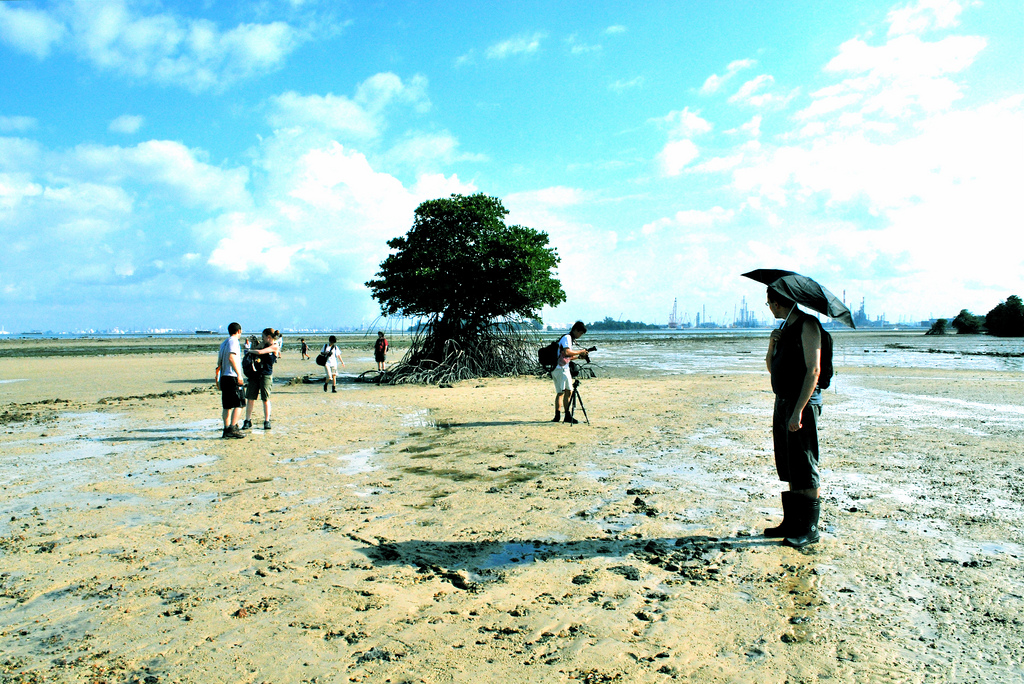Lessons for the Conservation of Southeast Asia’s Mangroves from Mandai, Singapore
October 13, 2020

On the 13th of October each year, the International Day for Natural Disaster Reduction is held to recognise risk-awareness and disaster reduction efforts in local communities around the world.
In the article “Mandai Mangrove, Singapore: Lessons for the Conservation of Southeast Asia’s Mangroves” (The Raffles Bulletin of Zoology, 2012), A/P Daniel Friess (NUS Department of Geography) and his co-authors from the NUS Department of Biological Sciences and the Singapore-Delft Water Alliance conducted research on the Mandai mangrove in Singapore, one of the world’s most biodiverse mangroves. The article explains that the Mandai mangroves are crucial as an extreme example of the threats faced by mangroves across Southeast Asia, and research on them thus helps to inform conservation and management of regional mangroves. The article states that these regional mangroves– particularly Singapore’s – are experiencing rapid deforestation largely due to urbanisation and aquaculture.
In their research, A/P Friess et al. set out to provide a description of Mandai’s history, scientific legacies, and the threats to its future conservation. The article highlights that the Mandai mangrove was once part of an extensive mangrove complex. Its subsequent deforestation however had been due to urban encroachment, with much of the area being modified for industry and freshwater reservoirs since Singapore’s independence. More critically, because Mandai is designated as a “reserve site”, the article underscores that it has no legal protection status to save it from further reclamation. Other threats identified by the article include rising sea levels, wave and current erosion, insect pest damage, and genetic isolation.
Mandai continues to be home to an extensive and diverse range of flora and fauna, and has been an internationally important site for zoological research for decades. As such, protecting it is key to regional research on mangrove communities in the 21st century, to better inform effective coastal management practices and mangrove rehabilitation. In the face of such threats, A/P Friess et al. urge for the conservation of small habitat fragments, as they can act as a refuge for threatened species and a source for their recolonization.
Read the full article here.
